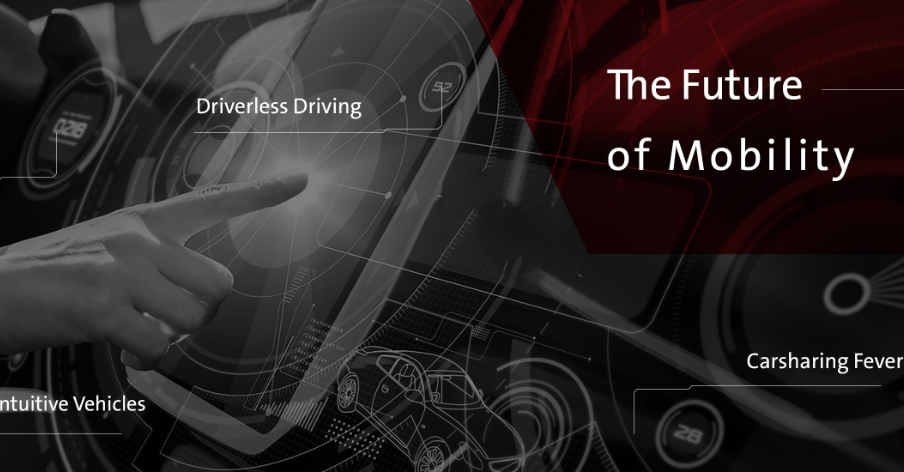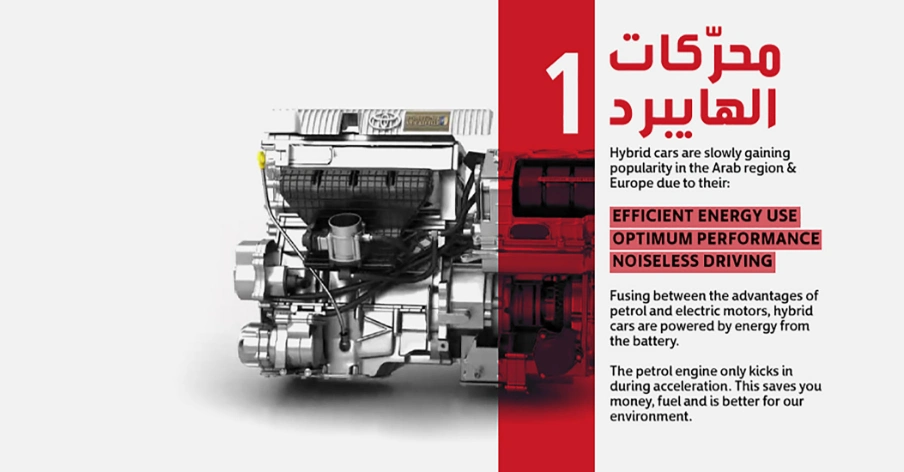
We’ve come a long way from the days of the “horseless carriage” revolution, but if the past is any indicator of the future, we’re going a long way still. So, what does the future of mobility look like? What should we expect?
Possibilities are endless, but here are the most likely scenarios:
Driverless Driving
Autonomous vehicles are already a part of our present, with many countries and manufacturers already testing the technology on our streets. People are demanding more safe, convenient and economical transportation solutions, and privately owned and public autonomous vehicles may soon take over cities.
When publicized, this transformation will disrupt the very structure of cities and introduce a completely new roads ecosystem. Traffic lights, speeding tickets and road accidents may very well become a part of our history. What challenges autonomous driving will introduce instead is an ongoing global debate.
Carsharing Fever
One of the most significant disruptions caused by the automotive industry in the past few decades is traffic congestion. With this being a universal inconvenience, drivers and passengers are leaning towards carsharing, so much so that vehicle manufacturers and governments are taking this demand seriously.
Studies are being conducted on how carsharing can be advanced in groundbreaking ways that will not only decrease the number of vehicles on the streets, but also change the infrastructure of local transportation as we know it. Multi-vehicle households are expected to reduce the number of cars they own, or even abandon ownership altogether.
Intuitive Vehicles
Even though carsharing tendencies are growing, studies show that private vehicle ownership still prevails. Vehicle owners have their own demands when it comes to their cars, and ‘intuitive’, ‘responsive’ and ‘smart’ are the most common.
Technology, artificial intelligence and autonomous driving are expected to develop so acutely that the whole reality of driving will change. Science fiction movie transportation may not be fiction in the near future. Flying cars, hovering bridges and vertical roads may very well become an everyday experience.
Electrification
Vehicle electrification is the conversion of vehicles from fuel to electrical power. This includes making vehicles purely electric or giving them a combination of electric and fuel motors.
Globally, concerns are on the rise on fuel efficiency and CO2-emissions. Hybrid cars were created to tackle that concern, but what are we going to do about all the fuel-based vehicles out there? Electrification technology is the answer, and it is expected to advance so much that the process will be a simple, cost-effective one that may very well be globally adopted and regulated.
Vehicle Manufacturing
With the rising diversity in vehicle categories, and the ever-changing demands of drivers and commuters, the already complex car-making industry is likely to get even more elaborate with time. From small, one-passenger pods to self-driving multiple-commuter vehicles, developers and manufacturers are exponentially evolving their capabilities. Manufacturing plants will amplify their production lines and processes, and the very way cars are made today is expected to completely change.
The future of mobility is bright. Drivers and commuters are much more aware of their needs than 100 years ago, and their demands are what drive the industry. Disruptions in the automotive industry will resolve many of the challenges we face today, but many are skeptical that they will create new challenges of their own.
What do you think the future of mobility will be like?



